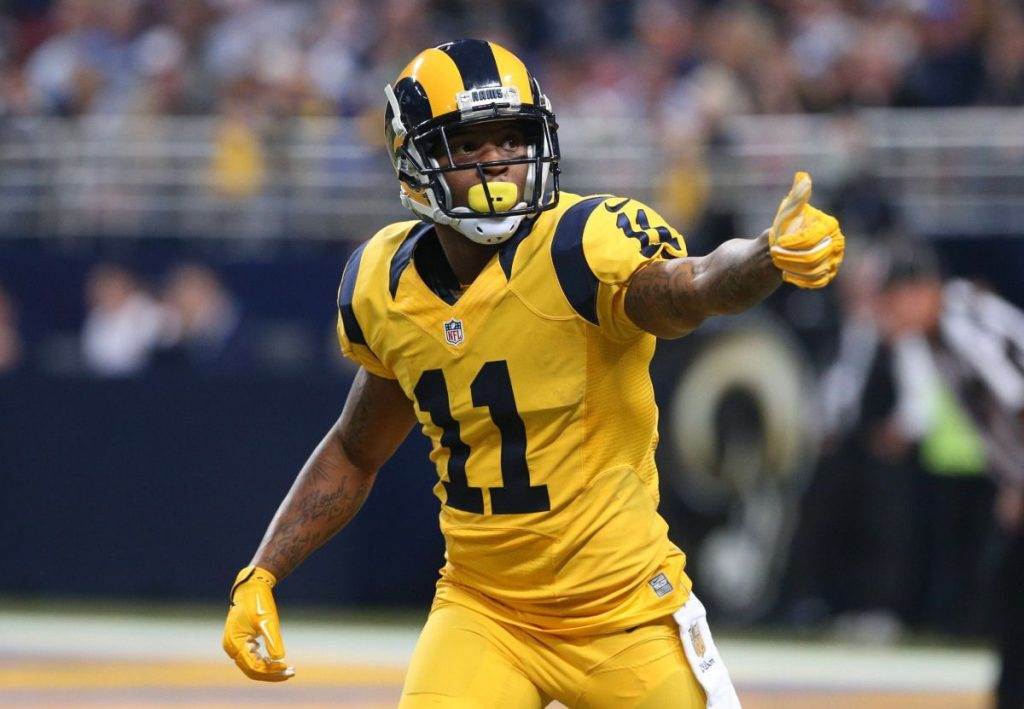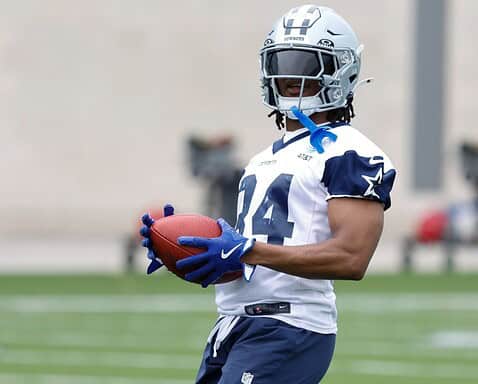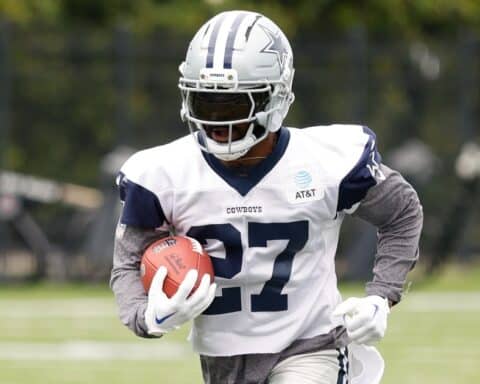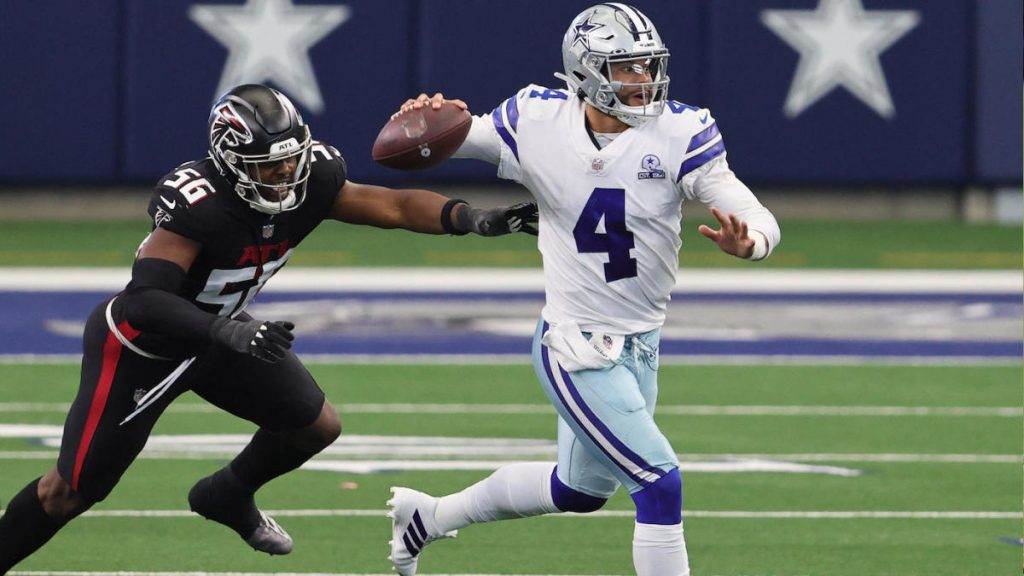The calling card for the Dallas Cowboys offense in 2018 – amidst all of the changes this unit has gone through – will be the same as it was the last time the Cowboys reached the playoffs. Winning 19 of 25 games that both Quarterback Dak Prescott and Running Back Ezekiel Elliott have played in, Elliott’s return for a full season warrants plenty of excitement.
It took the loss of not only Elliott but Left Tackle Tyron Smith last season for Prescott to regress in his second season, leading to the worst win total of his young career at 9-7. Ever since Dak took the starting job in 2016, the Cowboys have done nothing but instill confidence in their quarterback of the future, expecting Elliott to be reliably alongside him at all times.
Leading the league in rushing with 1,631 yards on 322 carries as the fourth overall pick two seasons ago, Zeke Elliott will be looking to remind everyone how dominant of a back he truly is. Prior to serving his six game suspension, Elliott was averaging 24 carries a game (up from 21.5 in 2016) with 783 yards to show for it on the ground.
While his quarterback will be most affected by the turnover the Cowboys are experiencing at wide receiver, Elliott is joined by Tavon Austin and potentially Bo Scarbrough in a new-look RBs room as well. Offensive Coordinator Scott Linehan and the Cowboys are hopeful that their newfound versatility on offense will allow them to be less predictable.

This is what also makes Ezekiel Elliott such a special player. It is expected that he will lead the way for the Cowboys offense, and is still able to control a game behind Dallas’ star-studded line. The Cowboys absolutely can’t lose sight of what a motivated Elliott can do in 2018.
If using the 24 attempts per game figure from above through a full 16 game schedule, Elliott would tote the rock 360 times. This number would have led the league by 39 carries in 2017, with Le’Veon Bell going for 321 attempts.
Exactly what constitutes an “attempt” in the Cowboys diverse offense has been a highly debated topic as of late, based on Stephen Jones’ comments on another RBs usage – Tavon Austin. Acquired from the Rams during the draft, the Cowboys view Austin as a running back that will reportedly get up to a dozen such “attempts” per game this season.
Never carrying the ball more than 10 times in a game over his five years in the league, Austin’s chances to use his speed will likely come in ways that Elliott is not as adept at. With one roster spot, the Cowboys have a player to handle jet sweeps, C.O.P back touches, receptions, and punt returns in Austin.

It’s very possible we see both Elliott and Austin on the field together in select packages for the Cowboys this season. Where Austin can come off the field though, Elliott can always be trusted as a dominant blocker and underused receiver.
I have my own doubts about Zeke’s role as a pass catcher expanding in 2018, as the Cowboys will also have to justify keeping Rod Smith as another backup RB – outside of his special teams contributions. Even new Fullback Jamize Olawale has shown the ability to catch the ball comfortably out of the backfield.
This is all the more reason to prepare for Elliott to absolutely hammer defenses on the ground.
The Cowboys are prepared arguably better than ever to control games with their rushing attack, using this year’s 50th overall pick on Left Guard Connor Williams. Watching this team adapt on offense each week while still relying on a bell cow runner is going to make Dak Prescott’s third-year a fascinating one.
This is an offense that should absolutely be good enough to get the Cowboys back into playoff contention. It always has been when Ezekiel Elliott and Dak Prescott are on the field. Scott Linehan may have a lot more to worry about this year around these cornerstones, along with the pressure to keep his job long-term, but it should be easy for him to call his best player’s number early and often in 2018.
Ezekiel Elliott himself will see to it.









